Children’s Author Natasha Tarpley on Black Joy, Imagination, and Everyday Stories
Author of the seminal "I Love My Hair!" Tarpley brings her new book to her new hometown of Hillsdale.

Author of the seminal "I Love My Hair!" Tarpley brings her new book to her new hometown of Hillsdale.
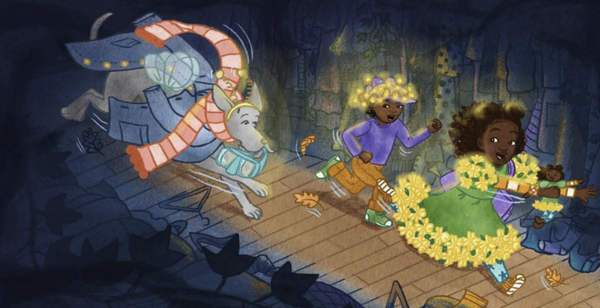
When children’s author Natasha Tarpley talks about storytelling, she returns again and again to the idea of everyday joy. “For me,” she says, “it’s really about bringing out the joy and the everyday experiences that were so important to me and so formative to me growing up—the games we played, the things that we loved to do, the things I was curious about.”
But when Tarpley was growing up she says most of the books featuring black children like her, were about historical figures or about blackness. She set out to add to that catalog with stories about kids of color finding their way through a world her young readers could recognize. That philosophy has guided her through a decades-long career that began with national acclaim for her 1998 picture book I Love My Hair! and continues today with her latest release Keyana Loves Halloween.
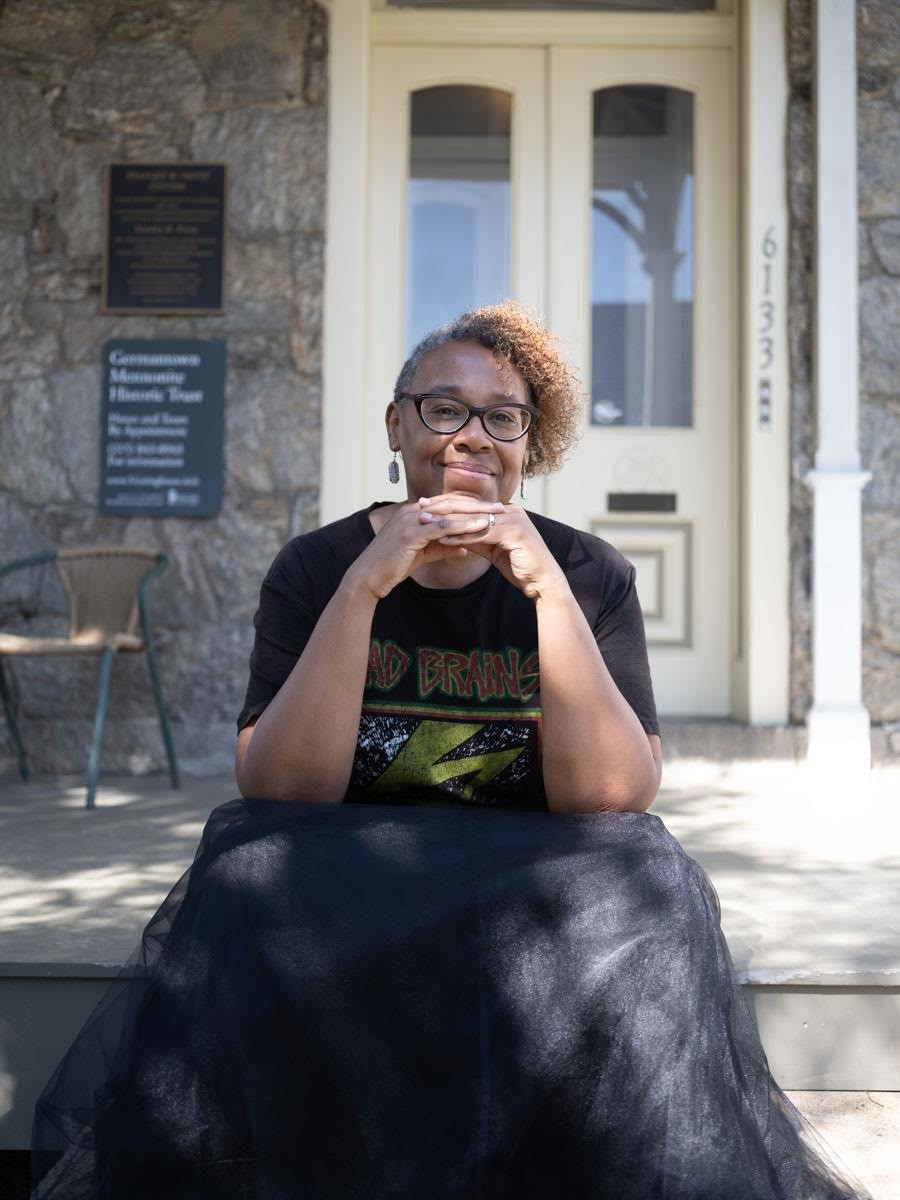
Tarpley will appear locally twice this weekend in events for young readers. On October 18, she’ll share from her new Halloween-themed book at the Hillsdale Public Library, followed by a craft workshop where we’ll get to make a halloween craft. “There might be some spiderwebs and building involved,” she says. The next day, October 19, she travels to Amherst for a reading and conversation at the Eric Carle Museum of Picture Book Art, another event built around the Halloween season but rooted in her broader vision of children’s literature.
Born in 1970s Chicago, Tarpley describes herself as “a very shy kid, maybe like a lot of writers, and a very bookish kid.” Books, she recalls, were her “friends,” offering both companionship and a window into a larger world. “Going to the library and reading was a kind of socialization for me,” she says. “It was something that made me feel connected to the world.”
Her mother, she adds, was her first model for what a writer could be. “She wanted to be a writer, and she would write these little stories about us and for us as we were growing up,” Tarpley says. “I would watch her pull out her big, clunky electric typewriter and start typing up her stories, and then she would have a book for us, with hand-drawn illustrations.”
That early example, imaginative yet rooted in family life, set the tone for everything Tarpley would later pursue.
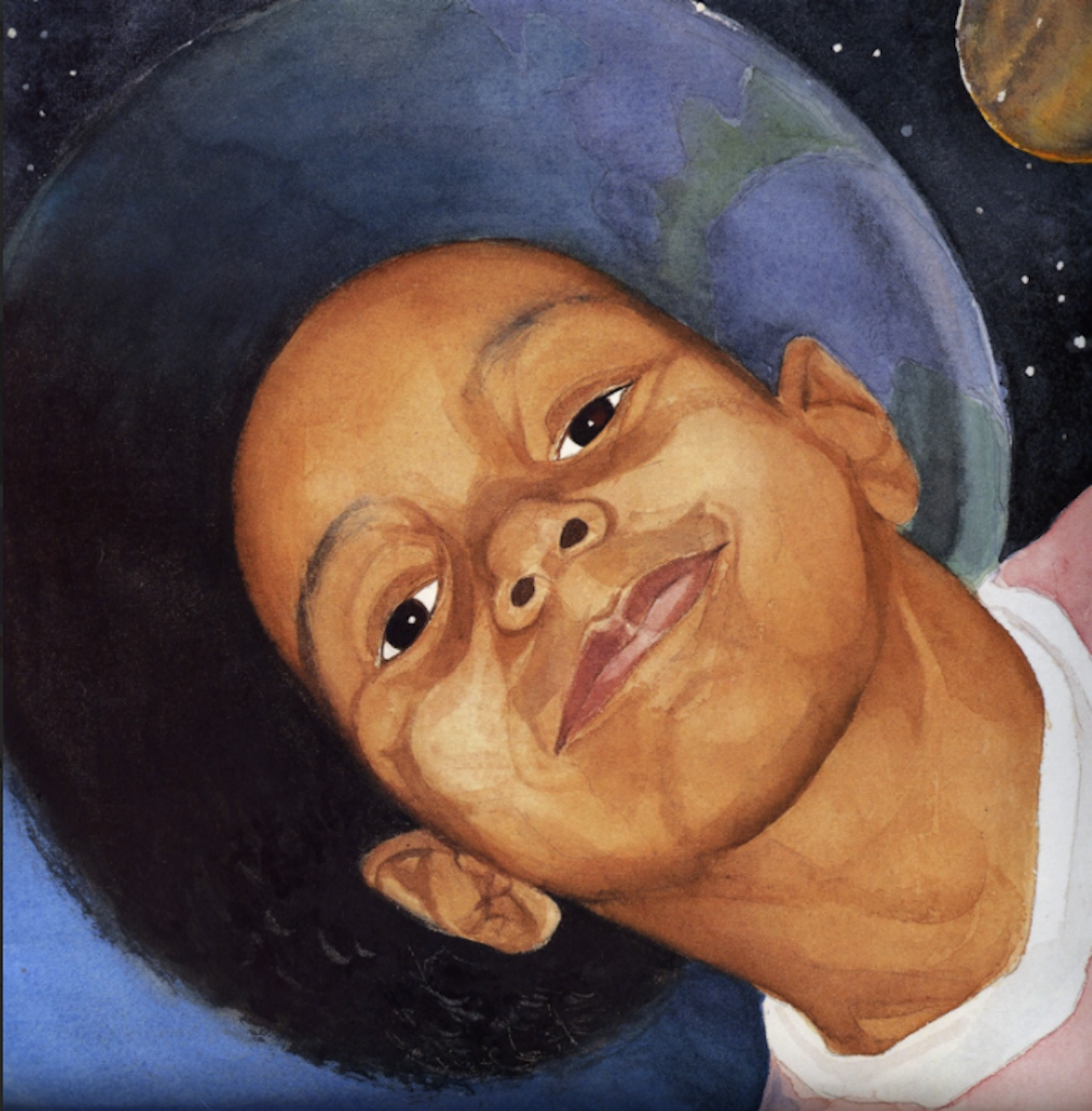
She left Chicago for Harvard University, where she initially studied German literature “because, when I was a kid my mom told me I had to take German. My aunt studied it in college and my mom figured she could help me with my homework.” Eventually she switched to African-American Studies, drawn to “the energy on campus around hiring Black faculty and multiculturalism at the time.” Later, she earned a law degree from Northwestern University, though she never practiced. “The law can help you structure a good story,” she says. “It helped me think about contracts and copyrights, but also about how you tell a story clearly.”
After years in New York City and frequent visits upstate, Tarpley settled in Hillsdale about two years ago. “I love being in the country but also having a very cultured and cultural experience,” she says. “There’s a lot going on here that I appreciate, and I’m still learning about the area.”
Tarpley began publishing young. In high school in Cambridge, Massachusetts, she placed poems in a student magazine and in an anthology compiled by a local author. “Writing became my way to connect,” she says. “It was a way that I could use my voice in the world, because I didn’t feel so comfortable doing that just by talking to people.”
Her first major project, begun in college, was an anthology of writing by Black college students from across the country—a collection that also included early work by Ta-Nehisi Coates, Kevin Young, and Jelani Cobb. “I just sent out a bunch of flyers and letters to other campuses,” Tarpley says. “That book became a little community of early writers.”
Her second book, Girl in the Mirror, was a family memoir that traced three generations of women in her family—her grandmother, mother, and herself. Written around the time she graduated from college, it explored what she calls, “this line of women and this idea of migration—moving from one place to another, geographically, emotionally, spiritually.”
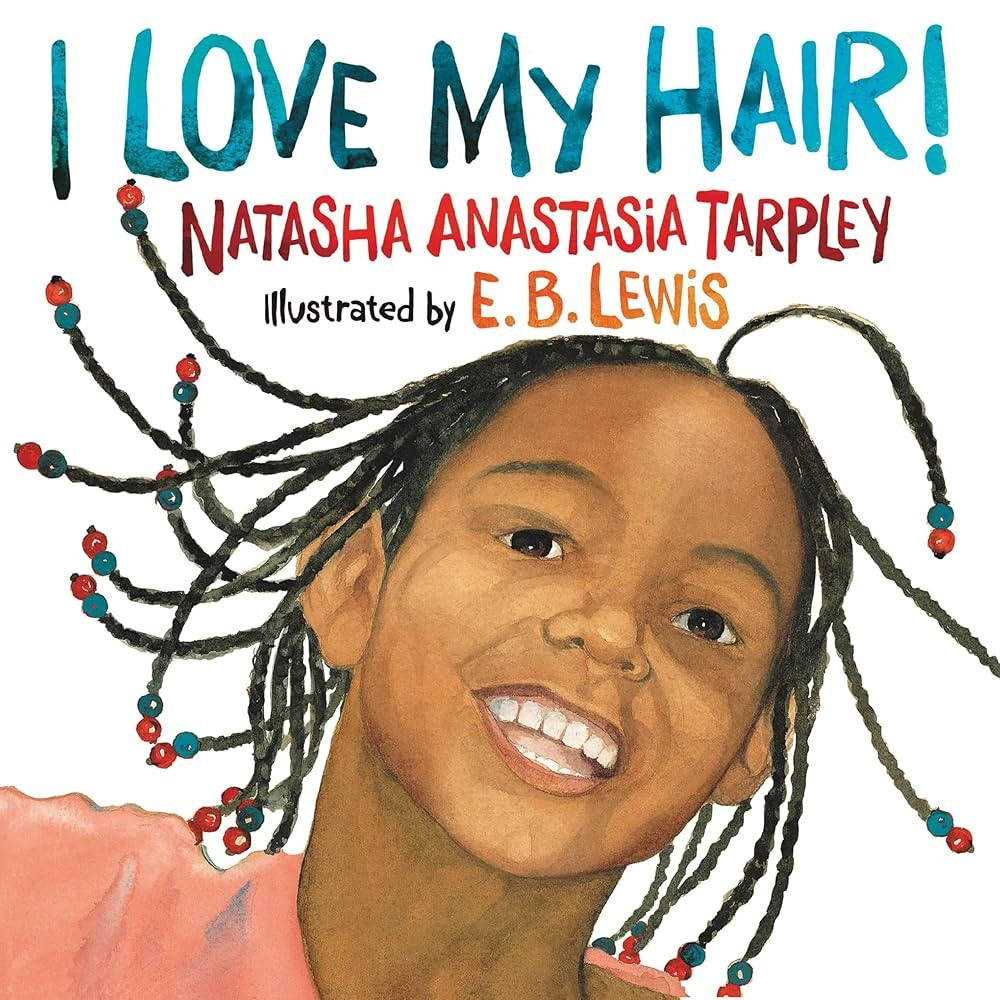
In the mid-1990s, Tarpley looked around the publishing world and saw a void. “There wasn’t much representation of Black children that I felt honestly reflected a holistic view of our lives and our experiences,” she says. “Everything felt very focused on an issue—it was very historical, which I’m not against at all, but it was all about lessons. I wanted to write something resonant that also brought a bit of whimsy and joy.”
That impulse led to I Love My Hair!, inspired by the intimate ritual of her mother combing her hair when she was a girl. “We used to pretend there were people who lived in my hair,” she laughs. “We would tell all these stories, and it made something I didn’t enjoy a lot more palatable and fun.” The imagined hair-dwellers didn’t make it into the book, but “that foundation of sharing and imagination is what it’s about.”
Published in 1998, I Love My Hair! became a touchstone in modern children’s literature, used in classrooms across the country and beloved for its joyful celebration of Black identity and self-love. “It’s still in print,” Tarpley noted. “It’s the book that people most know me for.”
More than 25 years later, Tarpley’s work continues to evolve. The Me I Choose to Be, created in collaboration with photographer Regis and Kahran Bethencourt, extends her lifelong theme of imagination as empowerment. The book pairs Tarpley’s rhythmic, affirming text with lush, dreamlike photographs of Black children dressed as superheroes, dancers, scientists, and visionaries—images that expand the idea of what is possible.
“The Me I Choose to Be is about seeing yourself in all the ways you might imagine yourself,” she explains. “I want kids of color to be able to dream freely—to know their possibilities aren’t limited to the roles or the narratives that have already been written for them.”
That sense of imaginative permission, she says, is as vital as any history lesson. “Of course it’s important for children to know the history,” she says, “but I also want them to see that they can exist fully in the present—that their everyday lives are worthy of story.”
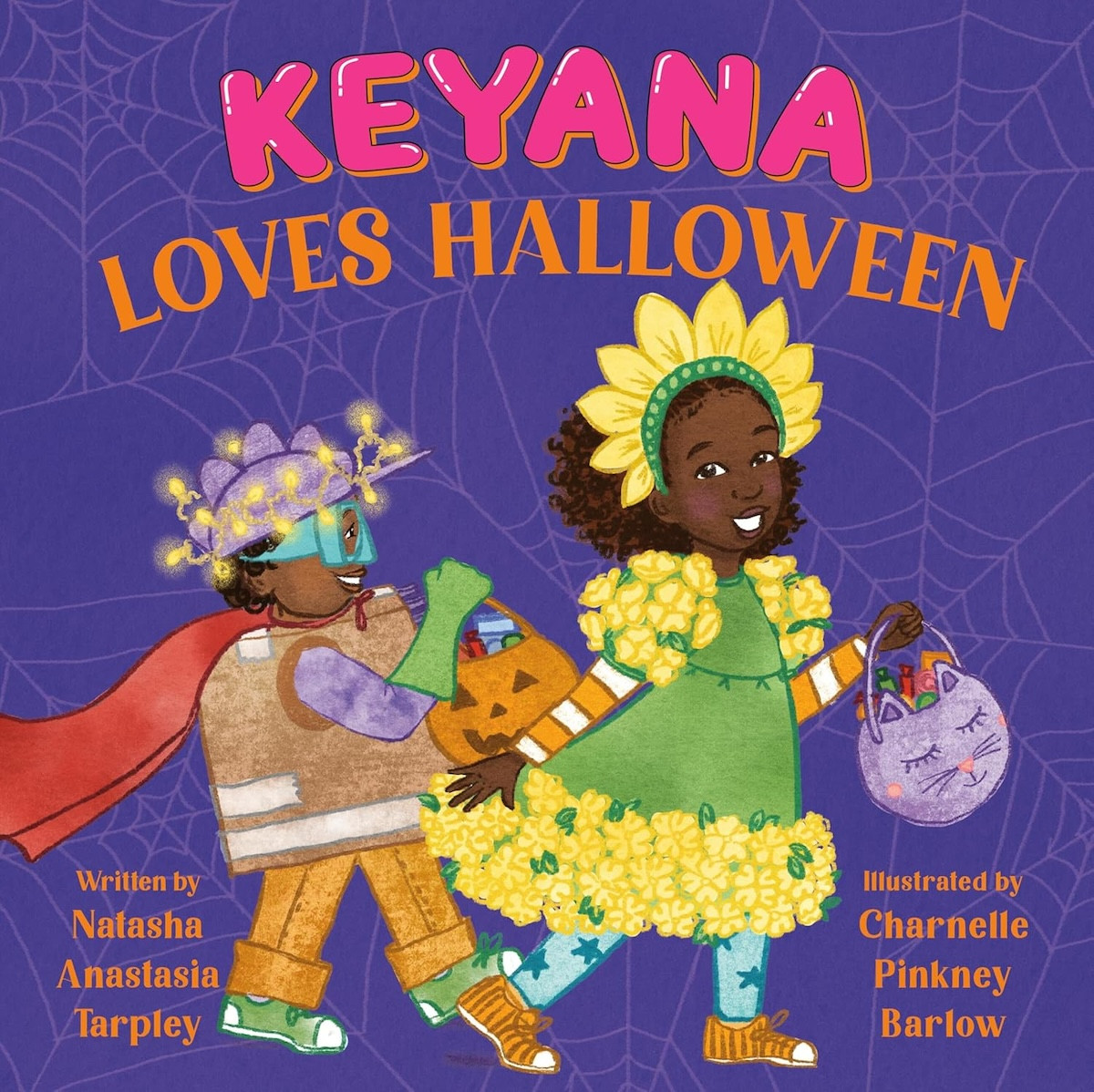
Though she describes herself as “still a very shy person,” Tarpley has grown to love reading her stories aloud. “When I first started going into schools, I wouldn’t sleep the night before because I was so terrified of standing in front of a bunch of kids,” she admits. “But I learned to trust myself and what I had to say. Kids are really open to that—they’re very accepting when you go to them with a genuine sense of, ‘hey, this is who I am.’”
At her Hillsdale event, she’ll read from Keyana Loves Halloween, her most recent book, which captures the playful curiosity of childhood. “It’s about Halloween and going trick-or-treating, and something goes wrong with Keyana’s costume,” she says. “She and her brother Miles go on this adventure that takes place in their great-aunt’s closet. It’s a bit of a nod to The Lion, the Witch and the Wardrobe, where they find pieces they can use for their costume.”
The story, like so much of Tarpley’s work, finds magic in the ordinary. “It’s about that curiosity kids have,” she says. “You never know what you’ll find in an old closet.”
From her mother’s typewriter to her own desk in Hillsdale, Tarpley has built a career on giving voice to children who deserve to see themselves reflected not only in the struggles of history but in the beauty of daily life.
“I wanted there to be more books for children of color about regular, everyday things,” she reiterates. “Not just about history or race, but about being a kid—laughing, imagining, exploring. Those are the stories that make us whole.”